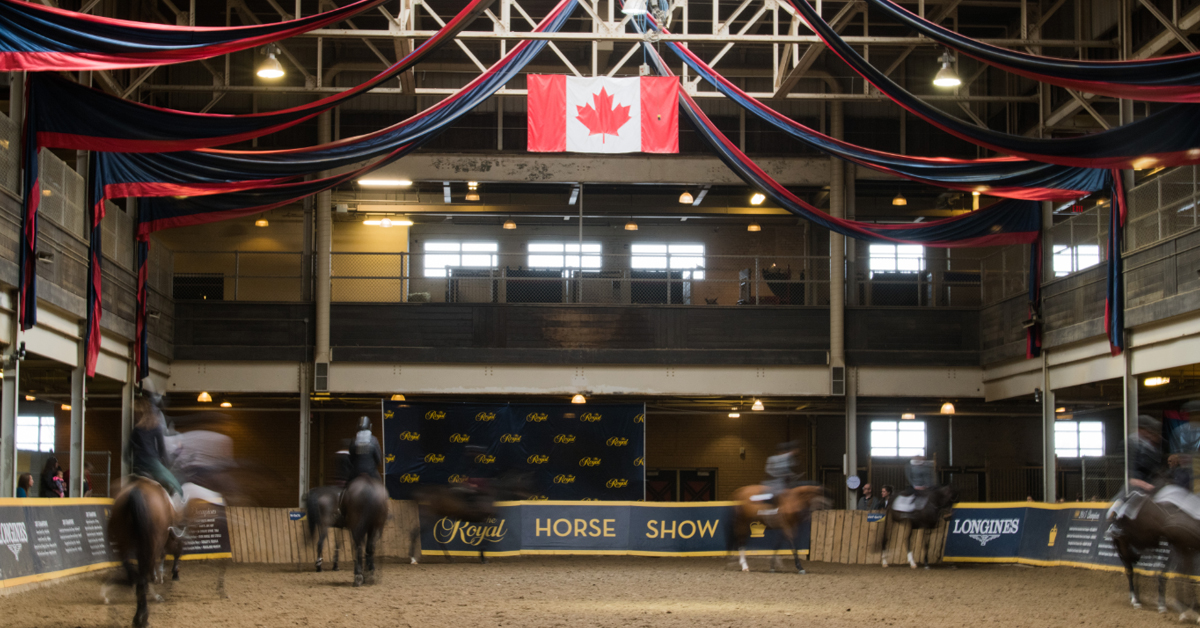Concerns that endurance horse deaths are being airbrushed out of official results have been raised again following two deaths at the 120km Al Marmoom Cup in Dubai Saturday.
Catswhiskers Tiro Centauri and Kurrajong Unique were listed as Catastrophically Injured (CI) in the early stages, both travelling at about 25kph. At the end of the day Tawqeet, the Dubai-owned timings operator, amended their listings to show the pair as Failed to Complete (FTC) instead. Yet on Sunday both were shown as dead on the updated horse database held by the FEI.
The Al Marmoom Cup was a UAE national ride, though was staged under FEI rules under the terms of the Emirates Equestrian Federation (EFF) legal agreement with the FEI, signed when the EEF’s suspension for horse welfare issues was lifted in July 2015.
Four other horses were listed FTC at Al Marmoom. Only 32 of the 129 starters finished.
Misleading use of the FTC code has become a concern in recent seasons in both CEIs and CENs, and is now being monitored by the “Clean Endurance” community. On November 8th, in a 80km CEI in Dubai, Estel de Montfluq was listed as FTC by Tawqeet, but was shown as dead on the separate FEI database and coded CI on the FEI’s separate ride results listing.
Splitters Creek Bundy, the horse in the 2015 Al Reef Cup with two broken forelegs whose picture went viral, was only ever listed as FTC.
An incentive to conceal endurance horse deaths may be an unintended consequence of FEI rules that since January 2016 have allocated 80 “de-merit” points to riders of catastrophically injured horses, and which automatically suspend riders with CIs in a 12 month period.
The accuracy of results data is also relied upon by the FEI’s Global Endurance Injuries Study (GEIS), which on Sunday was extended for another two years.
The study is led by Prof Tim Parkin and Dr Euan Bennett of the University of Glasgow, UK. Its findings have directly prompted a welfare-led rule change due for ratification by the FEI General Assembly tomorrow (November 21st.). This will add seven more days to the mandatory rest periods for horses exceeding 20kph, in a bid to reduce fractures.
Some national federations were expected to argue this is insufficient, even before news of the latest high-speed endurance horse deaths in the UAE. During the rules consultation process, Brazil lobbied for a mandatory extra rest of 14 days for speeds over 25kph, while Switzerland wanted 21 days more for exceeding 20kph.
More from Horse Sport:




